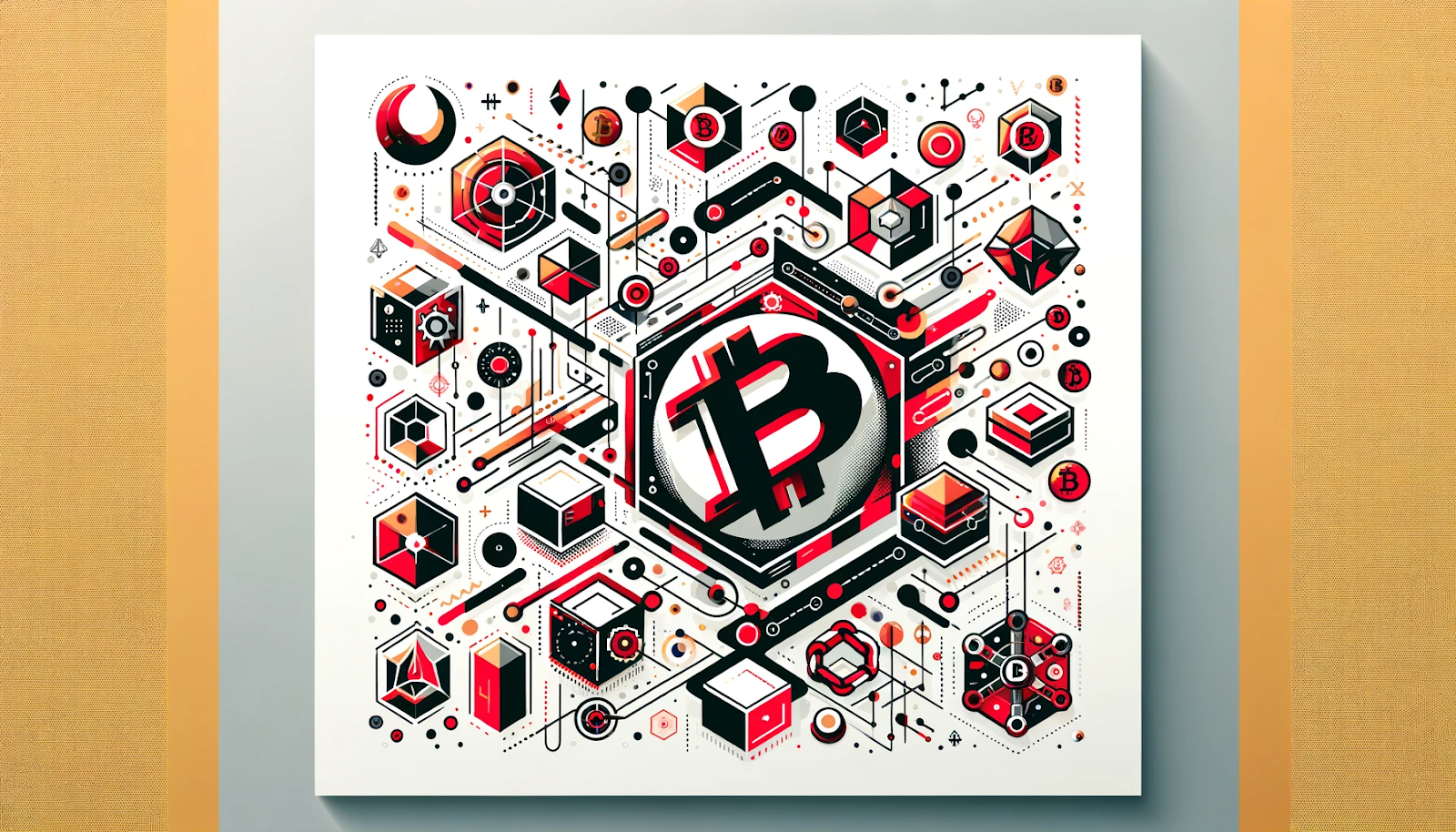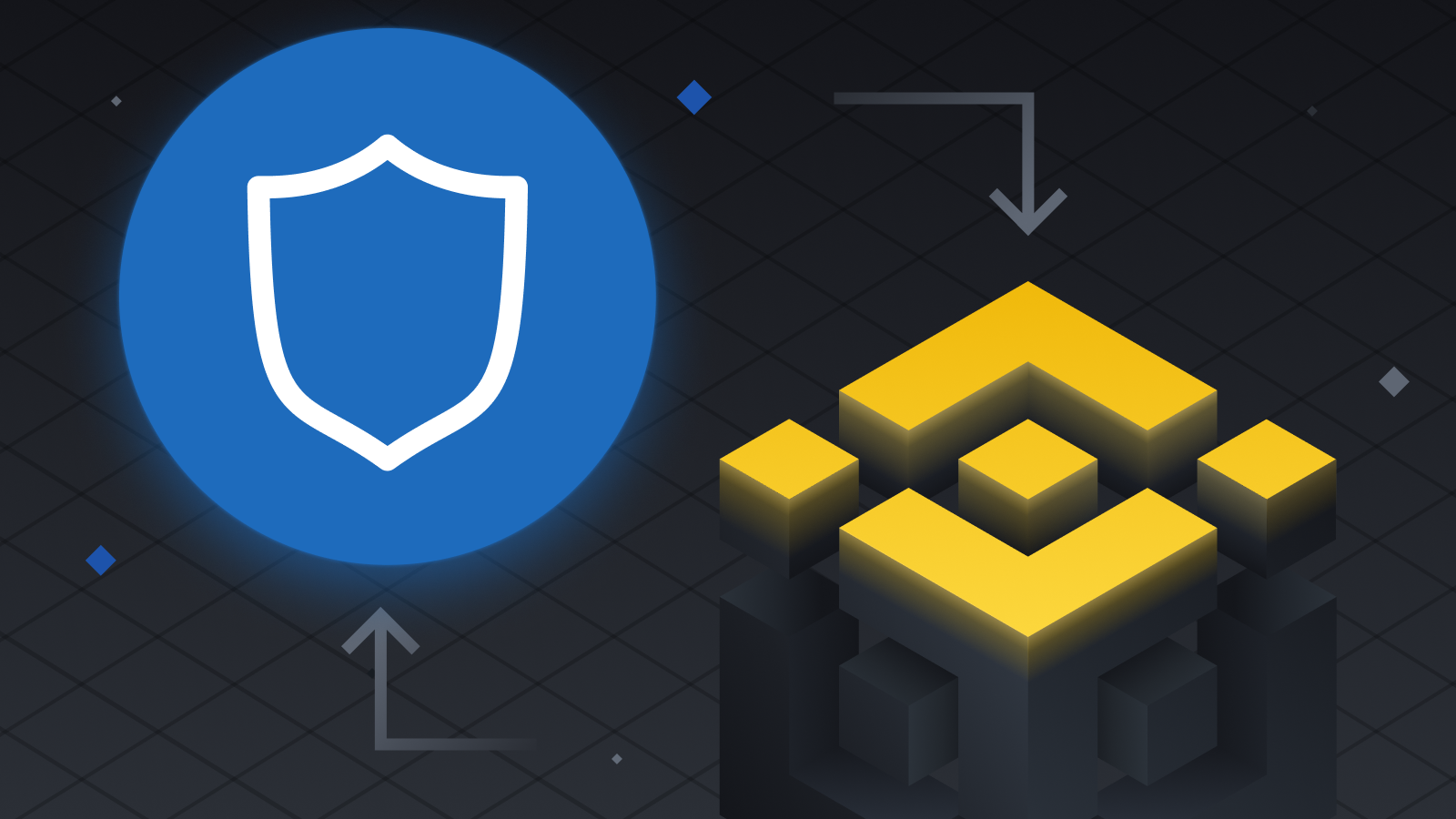How to create the most convenient crypto wallet

If you decide to try yourself as a blockchain developer or want to establish your own crypto business, then one way or another you will need to develop storage for cryptocurrency assets.
Sure thing, if you only intend to collect cryptocurrencies in a portfolio for investments, then you can store crypto on exchange wallets. However, this approach to doing business does not give a 100% guarantee of the safety of your funds.
If you decide to try yourself as a developer, then the fundamental knowledge of the architecture of cryptocurrency wallets will definitely not hurt you.
Crypto wallets are divided into desktop, mobile, web, and hardware ones. Let’s take a closer look:
- Desktop wallets. There are divided into a “thick” and a “thin” wallet. The first one downloads the entire blockchain network, which means that you should have enough space on your HDD or SSD, while the second one works via a remote server;
- Web wallets. This is, probably, the most convenient option. Anyone can have access to their wallets from all over the world having only a private key and an Internet connection. The advantage here is in multi-platform, but you risk your security. Copies of your keys are stored on the 3rd party’s side;
- Mobile wallets. These wallets can be installed on both: a smartphone or a tablet. This is perhaps one of the most popular types of crypto wallet nowadays;
- Hardware wallets. Hardware wallets (or as they are also called cold) are the most optimal solution to achieve the highest level of asset storage security. Nevertheless, such wallets are very much inferior inconvenience to others.
Today, the cryptocurrency market has formed in such a way that the vast majority of digital assets are based either on the ERC-20 standard, or it is bitcoin.
Of course, there are other standards, but their monopoly in the market is too insignificant. There are cases when a cryptocurrency wallet is created exclusively for storing one cryptocurrency (e.g. ICONex only for ICX tokens), but such wallets are very inconvenient since they are deprived of the possibility of multi-currency storage.
So, let’s say you have decided on the type of wallet and now finally want to start creating a wallet. Let’s analyze what functions it should include:
- Registration system. Please note that if you want to create a wallet that can handle fiat deposits, you will need to integrate the KYC / AML system to work with processings like Simplex, etc;
- Built-in QR scanner (for faster address scan);
- Generating new addresses;
- Security. Two-factor authentication, setting a pass or PIN to protect assets from unauthorized access;
- Built-in multi-currency support;
- Built-in cryptocurrency exchange;
- Track payments in real-time;
- Pop-up notification.
What programming language should I use to create my own crypto wallet?
The vast majority of cryptocurrency wallet is written in JavaScript. This allows you to solve several issues at once.
- Firstly, JavaScript can be easily integrated into absolutely any device, which makes your wallet at least multi-platform.
- Secondly, JavaScript is more open in terms of increasing the number of employees. Finding a JavaScript specialist is much easier than, for example, the same Swift.
In general, the three most popular languages for creating a wallet include JS, Python and C ++.
What’s next?
Now it’s useful to know the main steps of development:
- Blockchain synchronization via API installation;
- Developing a crypto wallet;
- Adjustment of permissions for managing transactions;
- Setting up standard programs for managing transaction processes.
As it was mentioned above, the ERC-20 standard is perhaps the most popular in the cryptocurrency market today. This means that there are already a big amount of development libraries specifically for this standard.
If you have chosen JS as the main tool for creating a wallet, then Web3js will significantly simplify your life. It is an Ethereum API written in JS that connects to the general JSON RPC specification. Note that to launch the library you need to start a local or remote Ethereum node.
But what if you chose a different programming language?
Nothing to worry about. There are already separate libraries for separate languages — for Python, it is Web3.py, for Java — web3j, and for PHP it is Web3.php.
In this article, only superficial and not all the nuances of developing a cryptocurrency wallet were described. The complexity of the development directly depends on the functionality of the wallet, as well as on the cryptographic level of its security.
However, given the fact that the cryptocurrency industry is developing at a rapid pace, the cryptocurrency wallet market will very soon be oversaturated, leaving only the most innovative solutions with a clean slate.
We at bc.team use different blockchain technologies and we can help you to choose the best option for your project.



